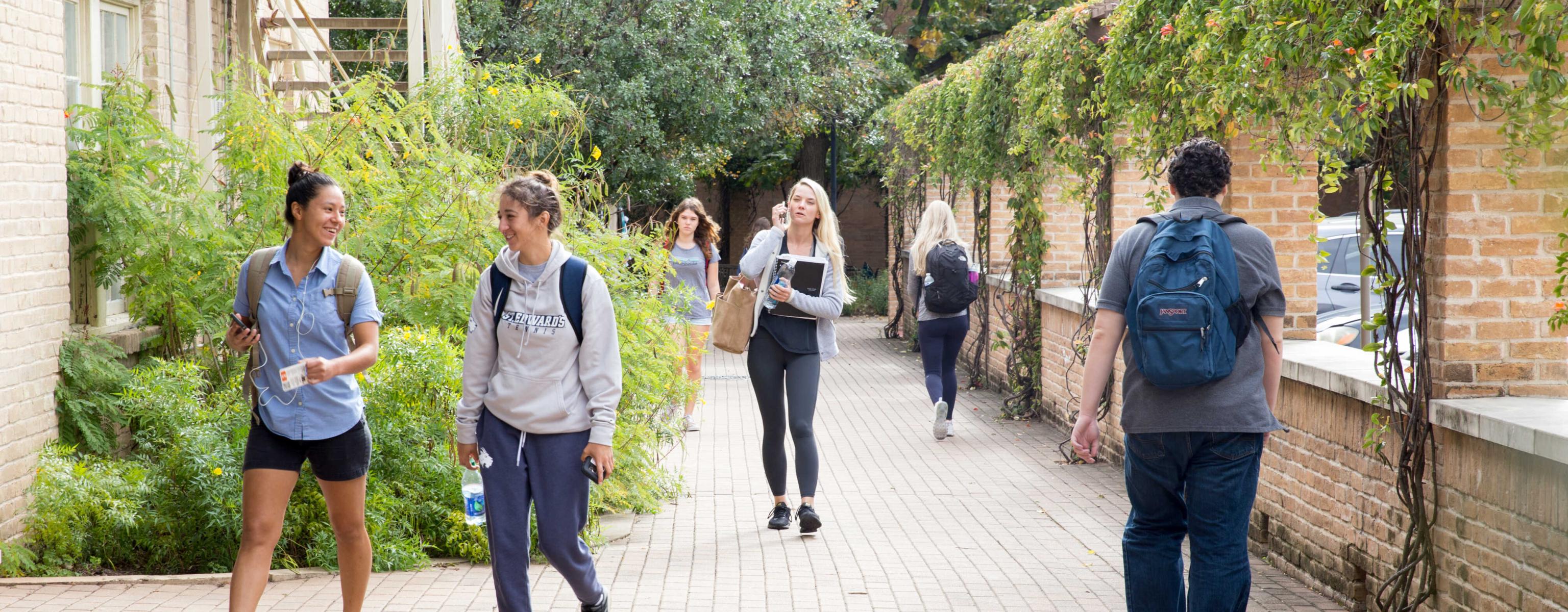Our Commitment to You
Student Financial Services is a team dedicated to respectfully guiding students and families from all backgrounds toward the advancement of their educational goals by exploring financial options in a personal and individualized way.
As longtime members of the National Association of Student Financial Aid Administrators (NASFAA), the employees of Student Financial Services fully adhere to NASFAA's Statement of Ethical Principles and Code of Conduct for Institutional Financial Aid Professionals.
St. Edward’s University is committed to using the Principles and Standards of the College Cost Transparency Initiative in its student financial aid offers.

Tuition and Resources to Help Cover the Cost of College
Discover tuition, how to apply for financial aid, and the types of help available to you.
Understanding Financial Aid
Free Application for Federal Student Aid (FAFSA)
To apply for financial aid, you must submit the FAFSA. Get tips for completing and filing it.
Financial Aid Glossary
Learn about common terms and acronyms used in financial aid conversations.
Financial Aid Resources
Your financial aid counselor will guide you through the financial aid process and can point you to more helpful information that applies to you.
Net Price Calculator
5 minutes is all it takes to estimate what you'll pay with our Net Price Calculator tool.

About Financial Aid Offers
After you are admitted to St. Edward’s, you’ll receive a financial aid offer, which may include scholarships, grants and loans. It will also include a breakdown of costs, so you can understand what you’re expected to pay.
Billing Basics
Financial Aid Deadlines and Billing Dates
Discover key dates and deadlines throughout the academic year.
Student Costs
Understand the types of charges you can expect to see on your St. Edward’s University bill.
Paying Your Bill
Go here to pay your bill, plus learn about payment options and accepted payment methods.
Contact Student Financial Services

Your Complete Guide to Financial Aid
Do you have questions about the FAFSA? Are you looking for ideas to help make college more affordable? Find it all in this online guide.
